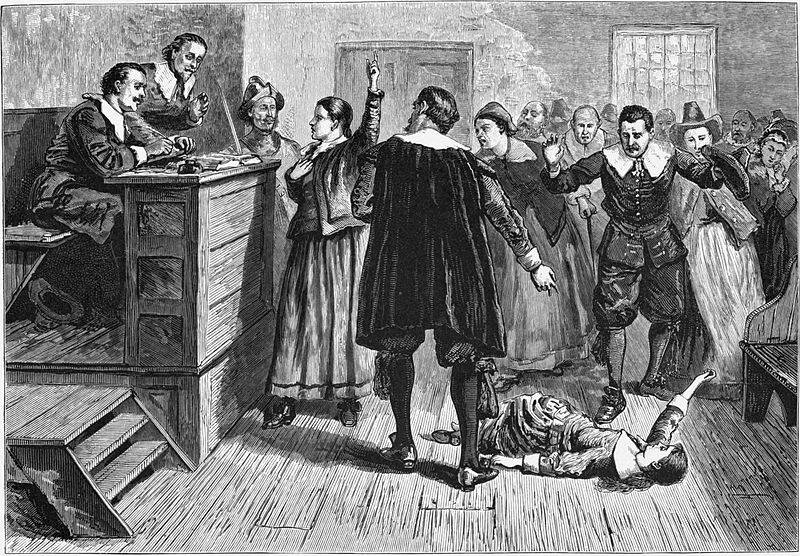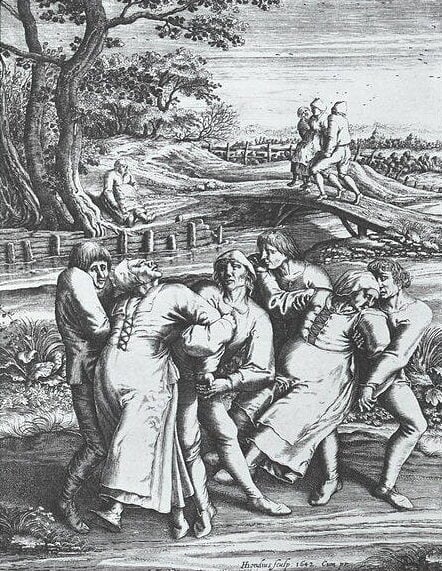From the laughing epidemic of 1962 to the killer clown scare of 2016, these cases of mass hysteria show just how bizarre — and dangerous — this psychological phenomenon can be.

Public DomainAn 1876 illustration of the Salem Witch Trials, one of the most famous examples of mass hysteria.
Mass hysteria events are some of the most curious mysteries of human nature. After all, how can it be possible for large groups of people, oftentimes strangers, to believe in the same unexplained phenomena, or experience the same bizarre psychological symptoms?
Over the centuries, countless examples of mass hysteria have left historians baffled, from the Dancing Plague of 1518 to the more recent Havana syndrome phenomenon — and many of these cases are just as puzzling now as they were when they first occurred.
Dive into 11 famous tales of alleged mass hysteria that still capture our attention today.
The Dancing Plague Of 1518

Public DomainA 17th-century depiction of the Dancing Plague.
In July 1518, a woman named Frau Troffea stepped into the town square in Strasbourg, France and suddenly began to dance uncontrollably. Soon, hundreds of people joined in — and were seemingly unable to stop.
For about two months, the Dancing Plague swept through the city, causing much alarm among the townspeople as more and more people joined in the frenzy, often dancing until they collapsed from exhaustion.
At first, city leaders tried waiting out this bizarre epidemic, hoping that the dancers would simply tire themselves out. When that didn’t work, they tried to encourage the dancing by building dancing halls and playing music for the afflicted. Unfortunately, this only seemed to make things worse.
In the end, the town decided to ban dancing and music altogether. Anyone who continued to dance was carried off to a nearby shrine dedicated to St. Vitus — a Catholic saint whom some locals believed had cursed them with the Dancing Plague — where they were finally “cured.”
By the time the epidemic abated that September, as many as 400 people had reportedly danced themselves to death. But while the Dancing Plague was over, the search for answers certainly wasn’t.
For centuries, historians have puzzled over what might have caused this bizarre phenomenon, suggesting everything from demonic possession to poisoning from the ergot fungus. But the most likely explanation is that this event was a classic example of mass hysteria brought on by the rough conditions of life in medieval Europe.





